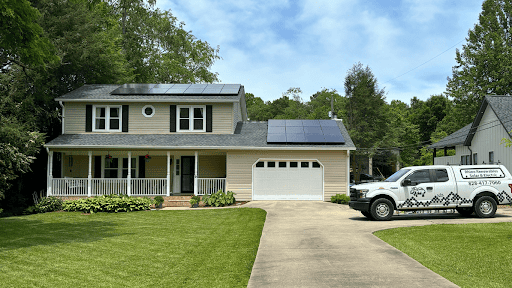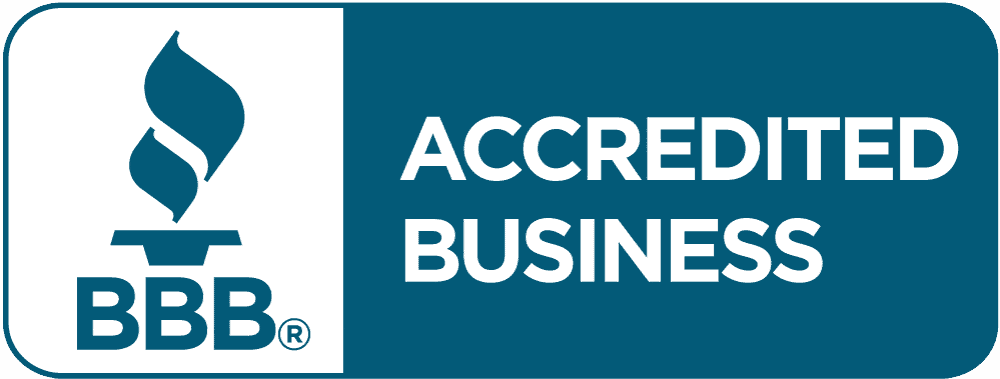
In the era of sustainable living, residential solar panels have emerged as a beacon of clean energy for homeowners, promising both environmental benefits and potential financial savings. However, with the growing popularity of solar technology, various myths and misconceptions have proliferated. This blog aims to debunk these myths, providing homeowners with accurate information to make informed decisions about embracing solar power.
Myth 1: Solar Panels Don’t Add Value to Homes
One prevalent misconception suggests that solar panels don’t contribute to a home’s resale value. Contrary to this belief, a 2019 study from Zillow revealed that homes equipped with solar energy systems sold for nearly $10,000 more than traditionally powered homes. Solar panels are not just an investment in sustainability; they signify a commitment to energy efficiency, resulting in lower energy bills and increased home appeal.
Myth 2: Solar Panels Only Generate Power in Sunny Conditions
The belief that solar panels only produce electricity under direct sunlight is a common misconception. While peak performance occurs in sunny conditions, solar panels can generate power on cloudy days. Advances in cell technology enable meaningful power production, even in diffuse light. Going solar remains a viable option for those in regions with less sunlight, offering benefits beyond sunny climates.

Myth 3: Solar Panels Don’t Generate Energy When It’s Cold
Contrary to popular belief, solar panels thrive in colder weather. The misconception that they perform poorly in cold conditions stems from a misunderstanding—solar panels collect light, not heat. Colder temperatures enhance power output by allowing electrons to move more freely within the cells. As a result, solar panels are effective in chilly climates, providing a reliable energy solution year-round.
Myth 4: Solar Panels Aren’t Eco-Friendly in the Long Run
Some individuals express concerns about the environmental impact of solar panels after their lifespan ends. However, advancements in technology and recycling initiatives counter this myth. Organizations like the U.S. Environmental Protection Agency are implementing programs to recycle PV panels, ensuring their components are repurposed for new panels. The shift towards sustainable materials in solar cell production contributes to a more eco-friendly life cycle for solar panels. On average, solar panels have a 1-3 year carbon neutrality. Meaning after 1-3 years of operating they will have offset the carbon footprint required to make them.

Myth 5: Solar-Powered Homes Don’t Have Electric Bills
While solar panels can significantly reduce electricity bills, the myth that solar-powered homes are entirely bill-free is inaccurate. Most solar-powered homes remain connected to the main power grid, drawing energy when solar production is insufficient. Solar panels offset a portion of traditional energy consumption, leading to reduced bills rather than complete elimination. This reduction will depend on the specific utility.
Myth 6: Solar Panels Power Homes During Outages
Solar panels alone may not provide continuous power during grid outages. Homes with solar systems typically connect to the main electrical grid and shut down during blackouts to protect service technicians. To ensure uninterrupted power during outages, homeowners can invest in solar battery storage systems. These systems store excess energy, allowing homes to utilize solar power even when the grid is down.

Myth 7: Solar Is Unaffordable for Most Homeowners
The misconception that solar panels are prohibitively expensive is outdated. With the growing demand for clean energy, solar companies offer financing options, making solar installations more affordable. Federal tax credits and state/local incentives further reduce the upfront costs. While the initial investment may seem significant, creative financing options make solar an accessible and financially viable solution.
Myth 8: Solar Power Isn’t Viable for Widespread Use
Sunlight, a globally available resource, makes solar power an incredibly viable and valuable energy source. The National Renewable Energy Laboratory predicts that solar will contribute 45% of the nation’s electricity supply by 2050. The scalability of solar energy, coupled with ongoing advancements in efficiency and cost reduction, positions it as a dominant force in the future of energy production.

Myth 9: Solar Panel Maintenance Is a Hassle for Homeowners
Contrary to the belief that solar panels require extensive maintenance, modern panels operate reliably for decades with minimal intervention. Rainwater naturally cleans panel surfaces, and maintenance is typically only needed during rare instances of heavy snow or debris accumulation. Historical data suggests that homeowners can expect over 20 years of trouble-free solar operation.
Myth 10: Solar Panels Damage Your Roof
Properly installed solar panels do not damage roofs. Professional installation ensures that panels are securely fastened with waterproof seals to prevent leaks. Solar panels distribute mechanical loads evenly, and the use of aluminum rails and mounts protects the roof from any adverse effects. Roof replacement, if necessary, should be completed before solar panel installation.
Conclusion: The Smart Choice for Sustainable Living
Dispelling these myths reveals the true potential of solar panels as a smart and sustainable choice for homeowners. With environmental benefits, reduced energy bills, and increasing home value, solar power aligns with the goals of energy independence and long-term value. By understanding the realities of solar technology, homeowners can confidently embrace this clean energy solution, contributing to a greener and more sustainable future.



